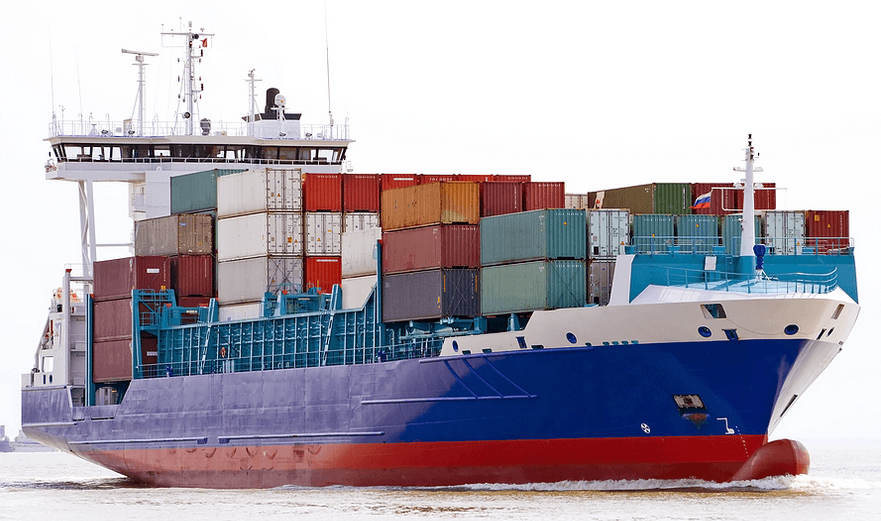5 Things Footwear Product Managers Can Do to Weather the Tariff Storms
In today’s unstable trade environment, footwear product managers are at the epicenter of the industry’s most urgent challenges. Sudden tariff increases, shifting international alliances, and fragmented supply chains are forcing brands to adapt in real time. While sourcing and logistics teams may take the lead on factory relationships, it’s the product managers who are responsible for translating these realities into commercially viable product lines.
To succeed, product managers must be proactive, data-driven, and highly cross-functional. Here are five essential actions that product managers can take now to weather the tariff storm and safeguard product margins, timelines, and consumer value.
1. Build a Footwear Tariff Impact Tracker
Tariff implications vary by product, material, and country of origin—meaning your costs can shift overnight depending on how and where a product is made. To stay ahead, product managers should develop and maintain a Tariff Impact Tracker: a centralized spreadsheet or database that maps out:
Current duty rates and classifications (HTS codes)
Landed cost with duty and freight
Alternate country of origin scenarios
Tariff risk ratings by product category
With this tracker, you can quickly model pricing scenarios, inform line reviews, and support strategic decisions with real data—rather than reacting after margins are wiped out.
2. Develop Alternate Footwear Costing Scenarios
Waiting until a crisis hits is too late. Product managers should preemptively build multiple costing models for every key product in the line—especially high-volume SKUs. This includes:
Cost comparisons between China, Vietnam, Mexico, Brazil, and other viable sources
Tooling amortization differences by region
Freight cost impact by location
Alternate materials that shift HTS classification
Having these models on hand gives your team agility. If tariffs spike in one country, you’ll be ready to move without derailing development timelines or blowing up your margins.
The Shoe Dog can help you

Hey folks, it’s Wade Motawi. I’m here to help with your footwear sourcing problems. If you’re in a difficult situation and you need some help or you just want talk to somebody about strategies.
Go ahead and book a free call and let’s see if I can help you.
3. Shift Footwear product Development Focus to Lower-Duty Constructions
Product design and material selection have a direct impact on tariff classification. By working closely with developers and costing teams, product managers can intentionally design to avoid high-tariff HTS categories. This could include:
Using synthetic or textile uppers instead of leather to reduce duty rates
Avoiding rubber outsole percentages that trigger special classifications
Re-thinking component sourcing to qualify for Free Trade Agreements (FTAs)
Even small changes—like adjusting the percentage of material types—can drop duty rates significantly. A few cents in materials can save several dollars in tariffs per pair.
4. Include Tariff Mitigation in Line Planning
Tariff mitigation isn’t just a sourcing issue—it should be baked into your product line strategy from the beginning.For each season:
Flag SKUs that are “tariff-optimized” and make sure they’re part of the core assortment
Use these lower-risk items as margin leaders or promotional buffers
Avoid overloading the line with high-risk silhouettes or constructions
Make tariff cost impact a discussion point during line reviews and go-to-market meetings
When planning with tariffs in mind, you create a more resilient line—able to adapt to external shocks without compromising design intent or profitability.
5. Communicate Cross-Functionally Early and Often
Tariff issues impact every corner of your organization: sales needs pricing clarity, marketing needs messaging, finance needs cost forecasts, and sourcing needs product visibility. As a product manager, you sit at the intersection of all these teams. Don’t wait until a product is in production to raise the alarm.
Share tariff risk assessments during concept and development stages
Proactively update pricing assumptions as trade policies shift
Lead the coordination between sourcing, design, and operations
Ensure merchandising understands which products are at risk and which are safe bets
Strong internal communication enables better forecasting, faster response times, and unified decision-making—critical advantages in a volatile market.
Conclusion
The tariff storm isn’t going away anytime soon. In fact, for many brands, it may become a permanent feature of the global footwear landscape. But product managers who embrace this challenge—by mastering cost modeling, design engineering, line planning, and team coordination—can help their companies stay profitable and competitive, even under pressure.
Tariff turbulence requires not just reactive problem-solving, but forward-thinking leadership. These five actions will equip product managers to not only survive the storm—but to steer through it with confidence.

